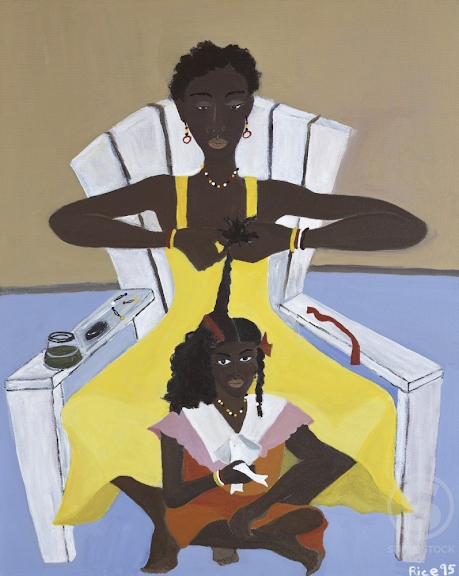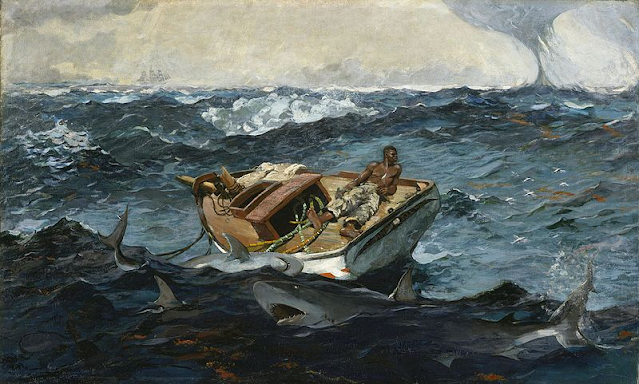Asher Brown Durand, "The Indian's Vespers"

It has been a long time since we looked at an American landscape, so that is our topic for this week. Our artist is Asher Brown Durand (1796-1886). He was a member of the Hudson River School, who were a group of artists devoted to painting the Hudson River Valley, the Catskills and Adirondack areas of the American East. Although each painter adopted his own set of objectives, basically they romanticized the area, making it lusher and more idyllic than actual life. They also included everything! Far more than a person's eye can absorb if on the actual scene. One thing that is interesting about this is that it was very popular. This painting was completed in 1847, long before photography, so a landscape painting was the only means city people could see the great wilderness out there, beyond their homes. So to study all of nature in one image was wonderful. In 20 plus years, especially in France, this style was exactly what artists rebelled against. Artists went o


.jpg)